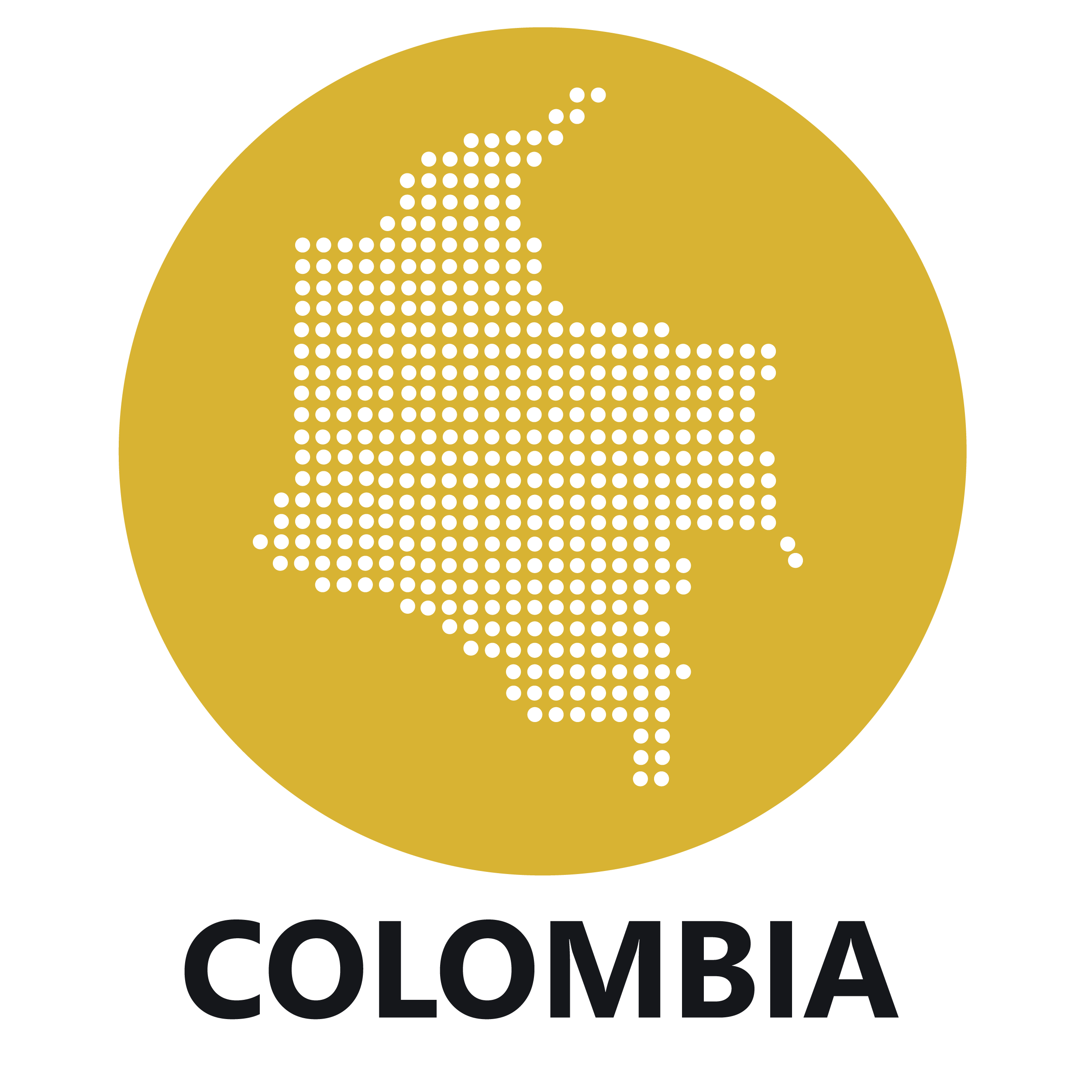
According to census data, Colombia is the country with the highest number of nationals residing in a foreign country , and according to the fourth repport of the Continuous Repporting System on International Migration in the Americas (SICREMI 20017), “the migration flow of people born in Colombia towards OECD and Latin American countries is greater than the immigration flow into the country, which translates into a negative net migration rate (-0.6 per one thousand inhabitants) in 2010-2015” . Even though these figures have decreased in comparison to the historical ones (-1.6 persons per thousand inhabitants in 1985- 1990) , still “emigration of people born in Colombia to OECD countries and Latin America increased 32% in 2015 when compared to 2012” .
Hence, this mapping exercise gathers information regarding the country as one of origin and return. It firstly compiles general migration data and relevant specific legislation that would allow building a general and summarized overview on this matter, in the form of a country profile. Then, it illustrates the main State actors related to economic emigration and return, while highlighting relevant programs implemented by Colombia during the last 15 years (2004 - 2019). Colombia is a unitary State, nevertheless it is divided in decentralized departments, therefore this information is also divided on national and subnational levels.
Finally, it shows which are the Non-State actors working in the field, along with relevant programs implemented by them. This is a first attempt to map information related to labour migration, looking at Colombia as a country of origin and return, thus it is mainly focused on creating the proper mapping structure that may be further filled in. In addition, in contains examples of the information that would suit to this structure.
Despite the said focus, some findings can be obtained from this mapping exercise, which are suggested at the end of this document.
49,065,615 in 2017
0.6 per one thousand inhabitants in 2010-2015 (it’s a negative rate, which means that more people emigrate from the country, than immigrate)